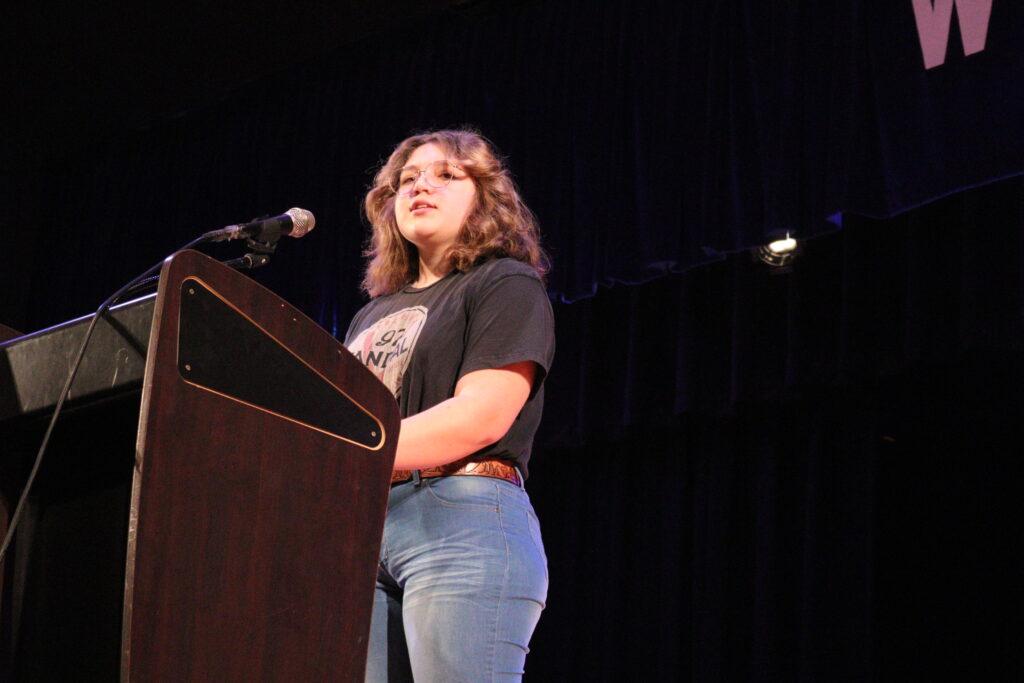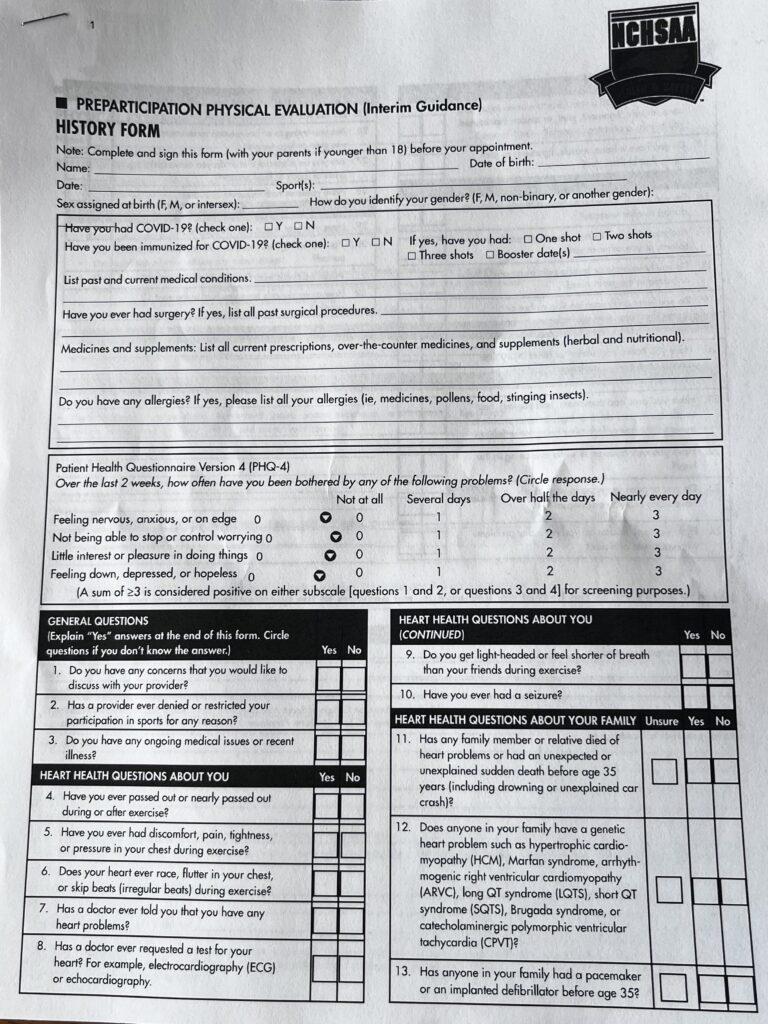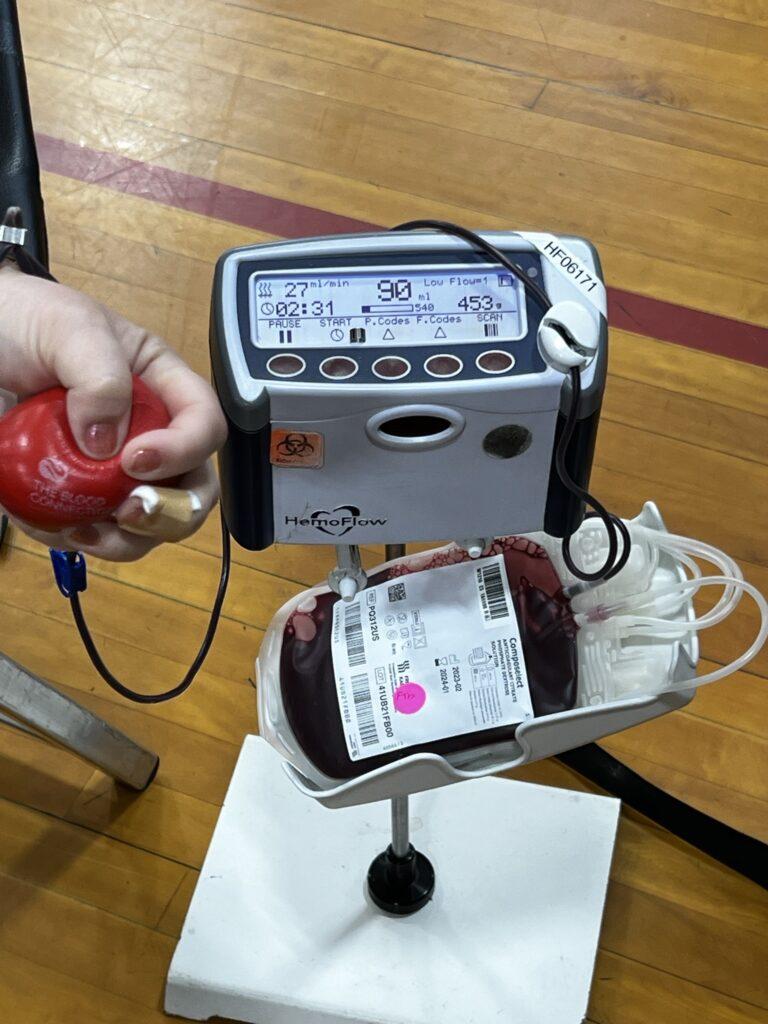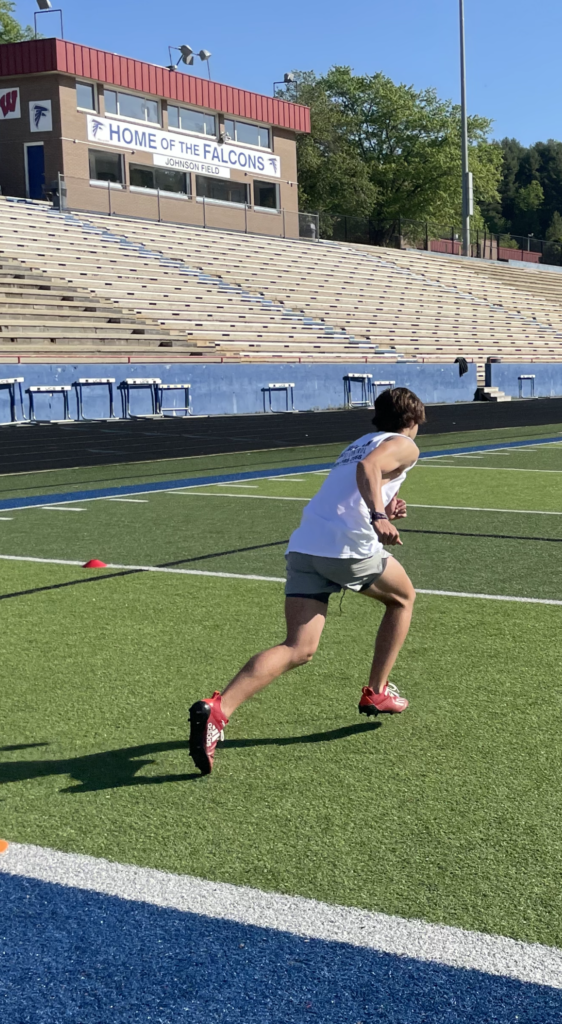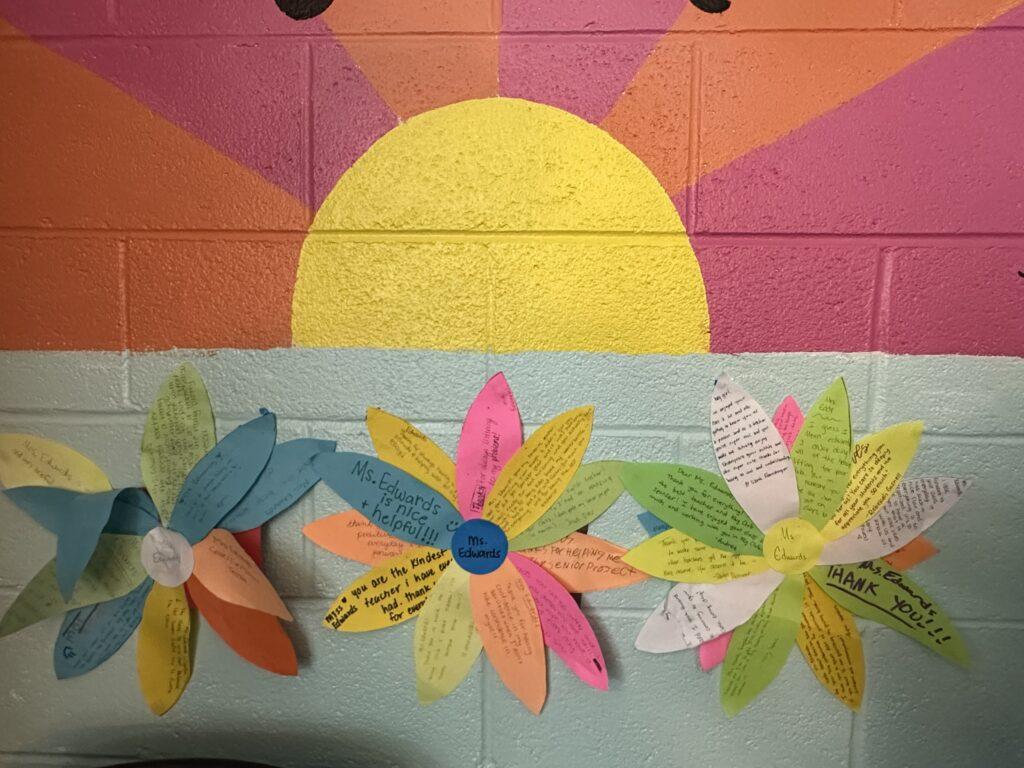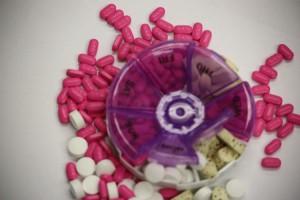 Frustrated and confused, she stood in front of the televisions. With so many different displays, it was hard to concentrate on just one. The more she tried to focus, the more her brain shut down. It seemed impossible to turn her attention to one sound, to look at only one screen.
Frustrated and confused, she stood in front of the televisions. With so many different displays, it was hard to concentrate on just one. The more she tried to focus, the more her brain shut down. It seemed impossible to turn her attention to one sound, to look at only one screen.
“When my medication is working, it is like a car running on all four cylinders,” biology teacher Leanna Racquer said. “When I don’t have it, it is like one of the cylinders is not working, so the others have to overcompensate for it. The more I try to think about something when I am not on my medicine, the more my brain shuts down. It will literally spin its wheels, and I can’t think of anything.”
In the United States alone, there are currently 5.2 million children under the age of 18 diagnosed with Attention Deficit Hyperactive Disorder, more commonly known as ADHD. Around 12 percent of males in the United States between the ages of three and 17 are diagnosed with ADHD, while approximately 5 percent of females between the same ages have been diagnosed. Racquer was diagnosed at the age of 35.
“You typically have more students with ADHD in elementary school,” school nurse Kim Berry said. “These students are more likely to be diagnosed and on medication. It’s not that [high school] grades don’t have it, it’s that we don’t know about it as much.”
According to the University of Pennsylvania School of Medicine, between 7.5 and 9.4 percent of high school students have ADHD. Additionally, the Center for Disease Control reported that the percentage of children with ADHD has increased from 7.8 percent in 2003 to 11 percent in 2011.
“There are different surveys or scales that we can use to diagnose the disorder,“ local pediatrician John Paschall said. “The most common one we use is called the Vanderbilt Scale. These are tests or questionnaires that are about 40 or 50 questions long. The teacher does one and the parent does one.”
The most common way to help children focus in school is to give them medication.
“As a whole there are two types of medicines,” Paschall said. “The main differences are how they affect the different types of neurotransmitters, the chemicals that talk to the brain. Medicine is not just in a pill form. There are also capsules that can be opened and sprinkled, liquid medicines and a patch that you can put on the skin.”
Stimulants are the oldest and most widely used medications for ADHD. These medications help stimulate, or quicken, the way neurotransmitters connect with a person’s inhibition centers. Berry mentioned the most used stimulant medications are Focalin, Vyvanse and Ritalin.
Non-stimulant medications are newer and have started to become more widely used. These medications increase the amount of norepinephrine, a chemical in the brain, which boosts your attention span and reduces impulsive behaviors. Strattera, Kapvay and Intuniv are the most prescribed non-stimulant medications to treat ADHD, Paschall said.
“Non-stimulant medications work through different transmitters than stimulants,” Paschall said.
There is a wide range of side effects that occur from taking any type of ADHD medication, including nausea, increase in blood pressure and headaches. Stimulant medications may become addictive while non-stimulant medicines may cause drowsiness.
“The first medicine I took gave me very vivid dreams. Not bad, but very vivid and weird,” Racquer said. “ I was on one medication that really upset my stomach. Stimulant medicines can sometimes shut down the hunger regions of your body.”
Although there is no cure, as many people grow older they learn how to cope.
“A common question I get from parents is, ‘When can we stop the medicine?’ A lot of the time it is when the patient knows how their brain is working,” Paschall said. “Once someone has the knowledge of how they work, then I think they really don’t need the medicine anymore because they know how to play the game according to the new rules.”
By Charlotte Grush





